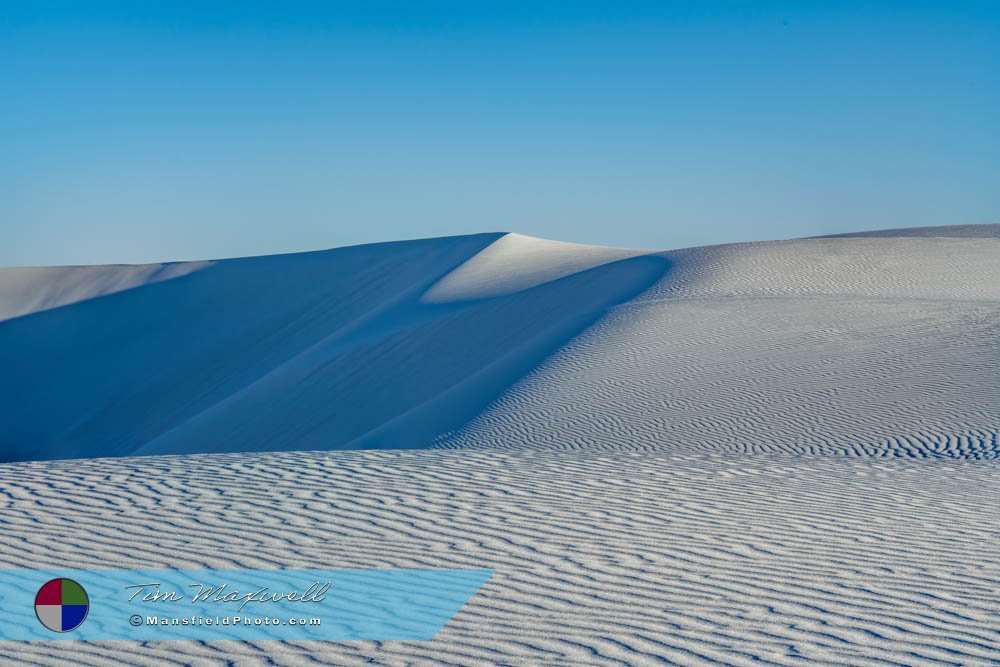White Sands National Park, located in the Tularosa Basin in southern New Mexico, is a mesmerizing natural wonder that offers a unique and unforgettable experience for visitors. The park is renowned for its vast expanses of white gypsum sand dunes, which create a surreal and otherworldly landscape that is perfect for hiking, playing, and photographing, especially during the summer months.
Visiting in the Summer
Hiking in this National Park during the summer can be both exhilarating and challenging. The park offers several trails, ranging from easy, family-friendly walks to more strenuous hikes. The most popular trail is the Alkali Flat Trail, a five-mile round trip that takes hikers through the heart of the dunes. This trail offers breathtaking views of the endless sea of white sand and the surrounding mountains. It’s important to hike early in the morning or late in the afternoon to avoid the intense midday heat, and to carry plenty of water, wear sunscreen, and protect yourself from the sun.
One of the unique aspects of White Sands is the opportunity to play in the sand dunes. The soft, powdery gypsum sand is perfect for activities like sand sledding and sandboarding. Visitors can bring their own sleds or rent them at the park’s visitor center. Sliding down the dunes is a thrilling experience that appeals to both children and adults. The sand stays relatively cool even in the summer, making it comfortable for barefoot play.
Photography @ White Sands
Photographing White Sands is a dream for photographers. The stark contrast between the brilliant white sand and the deep blue sky creates stunning images. The dunes form beautiful, ever-changing patterns driven by the wind. These patterns, known as ripples, create a sense of movement and texture in photographs.
Sunrise and sunset are particularly magical times for photography, as the low-angle light casts long shadows and bathes the dunes in warm, golden hues. The park’s night sky is also a spectacular sight, offering opportunities for astrophotography under some of the clearest skies in the United States.
Despite its seemingly barren appearance, White Sands National Park is home to a variety of plant life. The harsh environment requires these plants to be incredibly resilient. Yucca plants are among the most iconic, with their tall, spiky leaves and beautiful white flowers. The Soaptree Yucca is particularly adapted to the shifting sands, with long roots that anchor it in place. Other plants that thrive in this unique ecosystem include the Rio Grande cottonwood, Indian ricegrass, and the sand verbena, which produces vibrant pink flowers that add a splash of color to the otherwise monochromatic landscape.
The unique conditions of White Sands are a result of its geological history. The Tularosa Basin is an endorheic basin, meaning it has no outlet to the sea. Over time, water from the surrounding mountains has carried gypsum into the basin, where it has been deposited and transformed into the dunes we see today. The wind continuously reshapes the dunes, creating dynamic and mesmerizing patterns that make each visit to the park a unique experience.
Visiting White Sands National Park in the summer offers a blend of adventure, natural beauty, and tranquility. Whether you’re hiking through the dunes, sliding down their slopes, or capturing their beauty through a camera lens, White Sands provides a unique and unforgettable experience. The park’s resilient plant life and the ever-changing patterns in the sand are a testament to the incredible power and beauty of nature.







